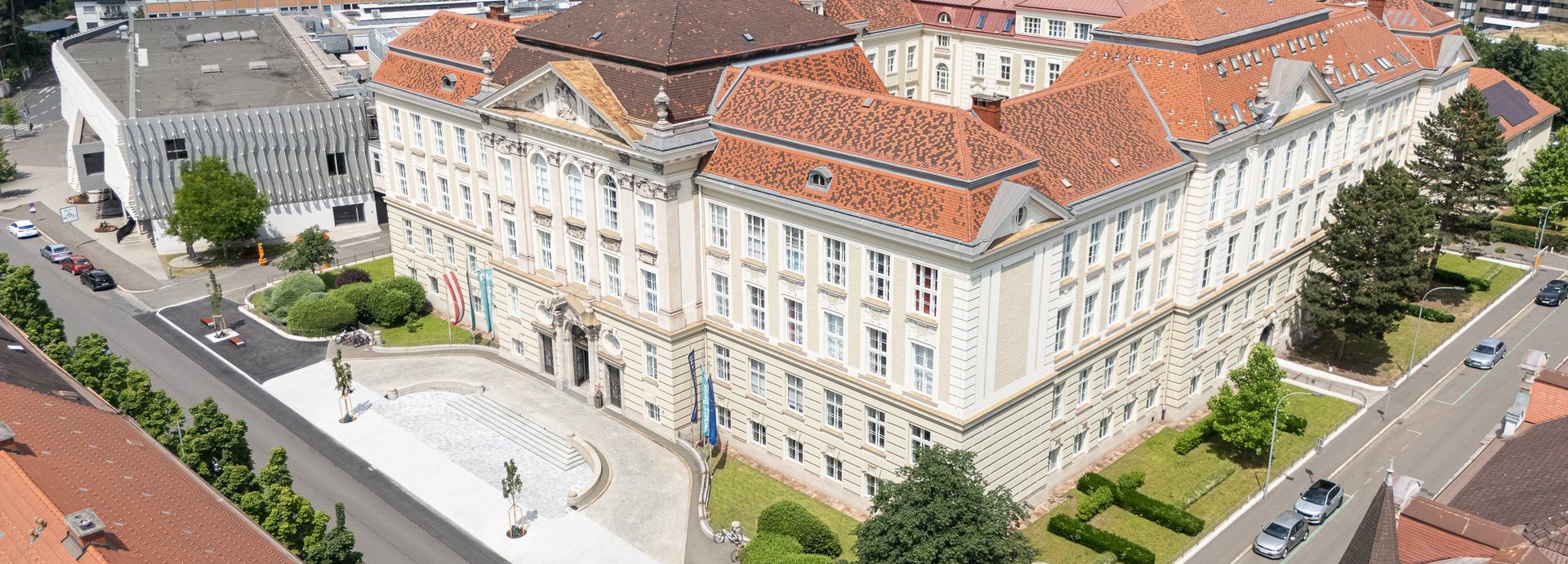Pure metals can gain in strength by adding other elements, the oldest example of this coming from the Bronze-Age, where tin was added to copper, thus creating a far stronger alloy. Modern examples include mass-materials such as steel, which is hardened using carbon or aluminium. Adding alloying elements to base metals often equips the alloys with necessary mechanical properties.
High-Entropy Alloys
The new “High-Entropy” alloys are truly unique. They are equiatomic, multi-element systems that can crystallise as a single phase, despite containing multiple elements with different crystal structures. A rationale for this is that the configurational entropy contribution to the total free energy in alloys with five or more major elements may stabilise the solid-solution state relative to multiphase microstructures. The group examined a five-element high-entropy alloy, CrMnFeCoNi, which forms a single-phase face-centred cubic solid solution, and found it to have exceptional damage tolerance with tensile strengths above 1 GPa and fracture toughness values exceeding 200 MPa·m1/2. Furthermore, its mechanical properties actually improve at cryogenic temperatures; the research group attribute this to a transition from planar-slip dislocation activity at room temperature to deformation by mechanical nanotwinning with decreasing temperature, which results in continuous steady strain hardening.
Dipl.-Ing. Dr.mont. Anton Hohenwarter
Between the year 2000 and 2006, Hohenwarter studied Materials Science at Montanuniversität, and wrote his dissertation at the Erich Schmid Institute for Materials Science in Leoben between 2007 and 2010. He currently holds a position as university assistant at the Department of Materials Physics.
Details on the pubication:
„A fracture-resistant high-entropy alloy for cryogenic applications”
Bernd Gludovatz, Anton Hohenwarter, Dhiraj Catoor, Edwin H. Chang, Easo P. George, Robert O. Ritchie
Science 345, 1153 (2014);
DOI: 10.1126/science.1254581
Further Information:
Dipl.-Ing. Dr.mont. Anton Hohenwarter
Department for Materials Physics
E-Mail: anton.hohenwarter@unileoben.ac.at
Tel.: +43 3842 804-313
